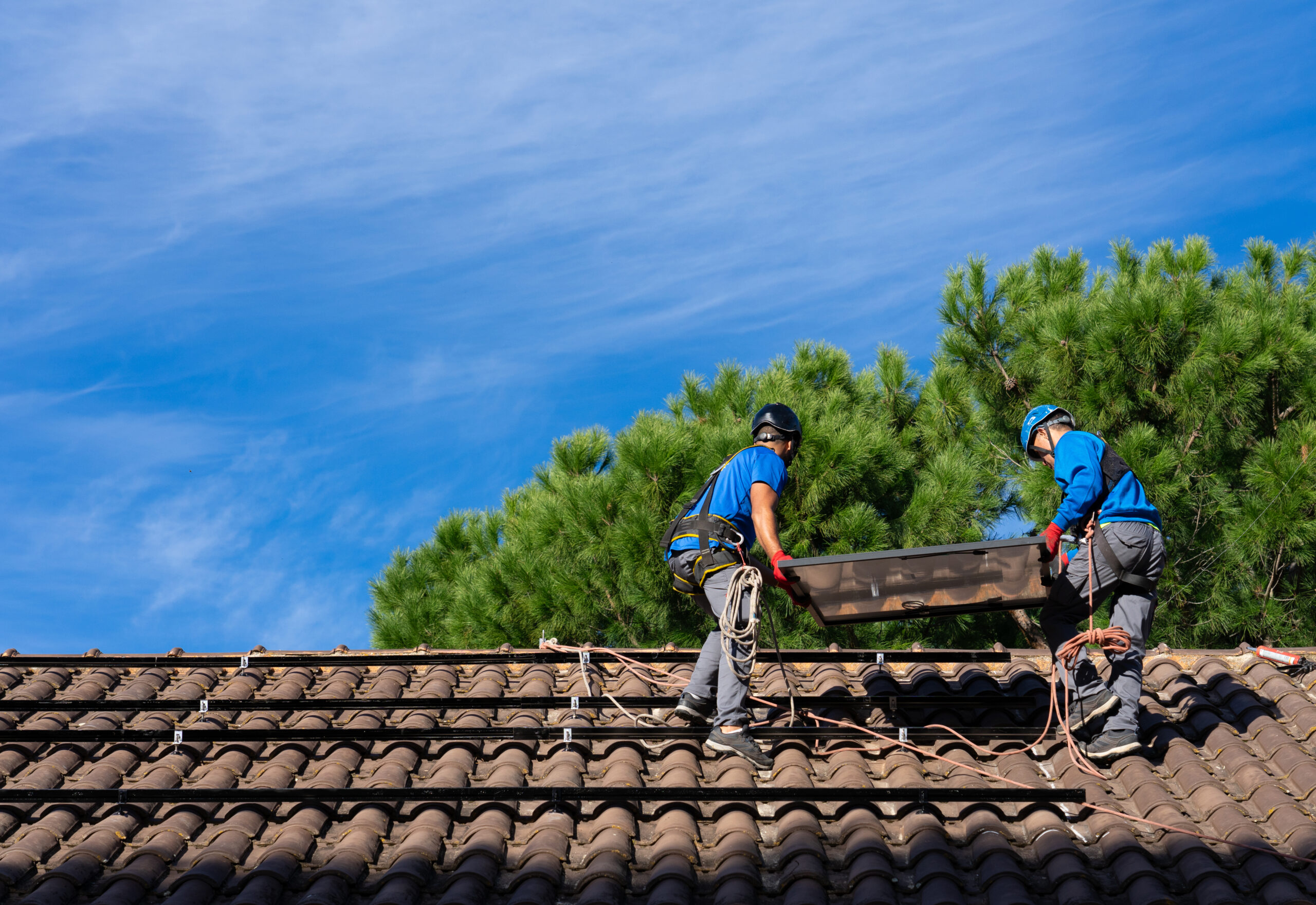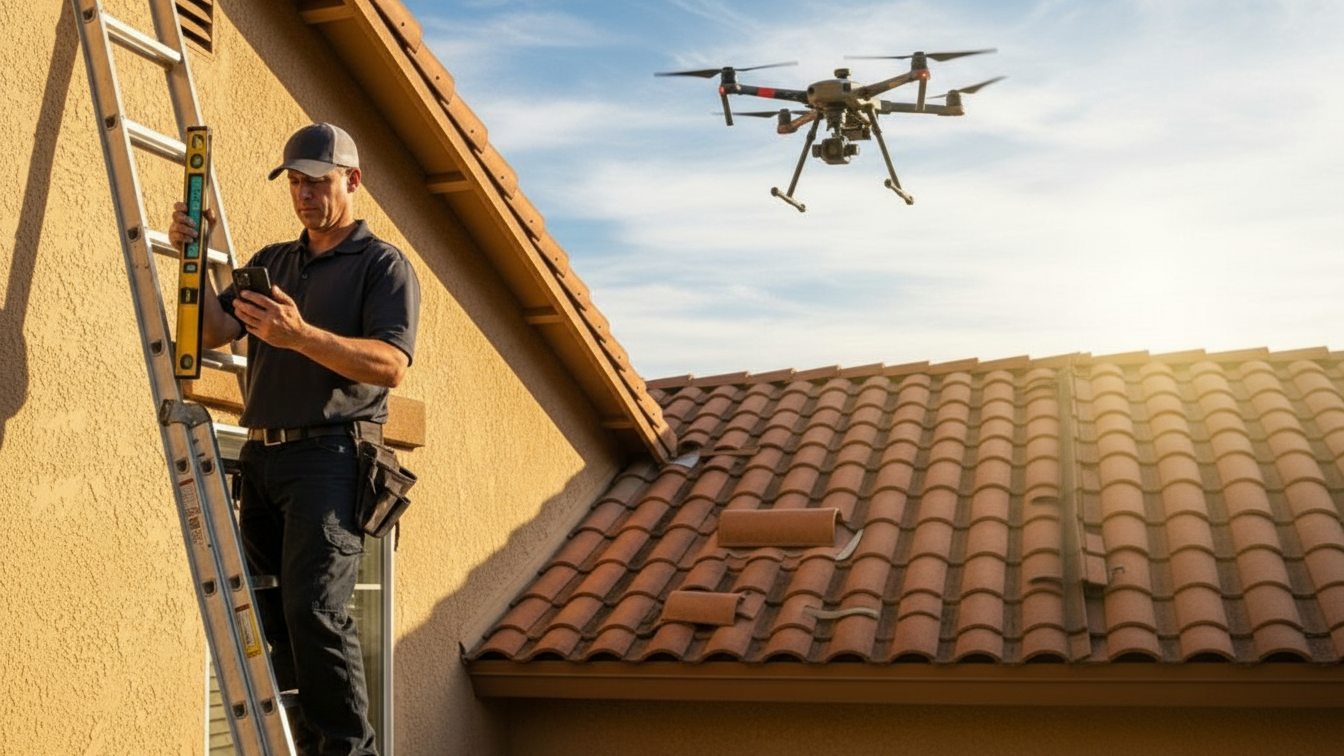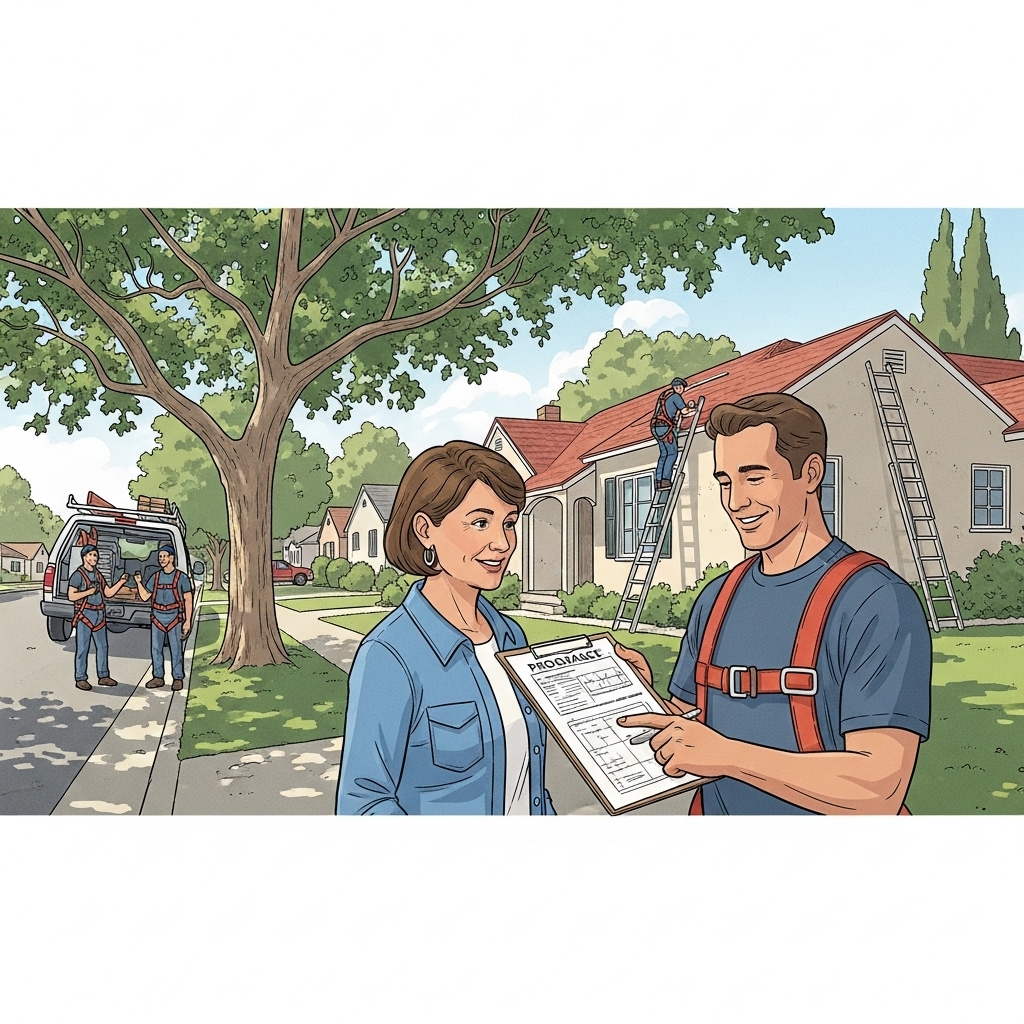Understanding the Lifespan to Know When to Replace Your Roof
The materials used on your roof determine how long it will protect your home. Asphalt shingles typically last 15 to 30 years, while metal, tile, and slate options can last longer. If your roof is nearing the end of its expected life, it might be time to replace your roof to prevent future issues. Delaying this process can lead to higher costs and more extensive damage inside your home.
Weather Damage Might Mean It’s Time to Replace Your Roof
If your area has recently experienced heavy storms, hail, or strong winds, you may need to replace your roof sooner than expected. Even a roof that appears intact from the ground can have hidden issues like weakened seals or water infiltration. To stay ahead of costly repairs, it’s smart to replace your roof after major weather events if damage is present.
Energy Bills Increasing? You May Need to Replace Your Roof
Rising heating or cooling bills could be a red flag that your roofing system is no longer doing its job. Aged or compromised roofs allow air to escape, causing your HVAC system to work harder. If you notice a spike in energy usage without other changes in your home, it may be time to replace your roof and improve efficiency.
Persistent Leaks and Water Stains Indicate You Should Replace Your Roof
When you spot water stains on your ceiling or walls, or worse—active dripping—your roof has likely been compromised. Temporary patching won’t solve the problem. You need to replace your roof to eliminate the source and prevent mold growth or structural damage inside your home.
Replace Your Roof Proactively, Not Reactively
Waiting for a roof to fail is risky and expensive. Planning to replace your roof before it becomes an emergency saves money and keeps your home safe. If your roof is aging, showing wear, or you’re planning to sell your home, now is the right time to act.
Read More:






